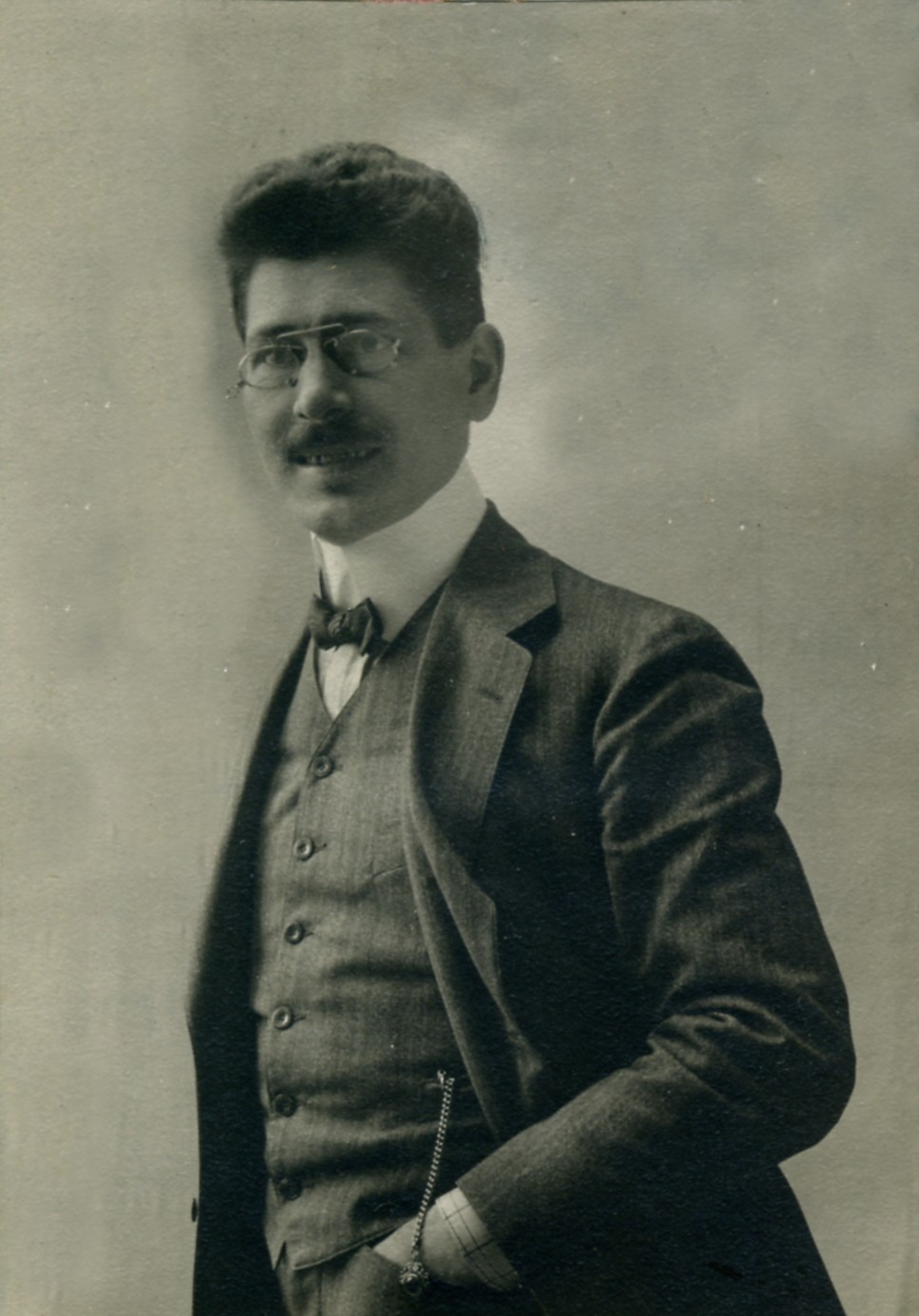Hans Rohn (February 25, 1868 - December 23, 1955), born Johann Rohn, was a Viennese cartographer, lithographer, and painter best known for his stunning depictions of the European Alps, being a pioneer in the genre of Alpine cartography which flourished in the 20th century. Born in Hundstrum, then a suburb of Vienna, Rohn's talent for drawing was discovered at a young age by the landscape painter and family friend Ferdinand Mayer. In 1882, Rohn began an apprenticeship with the Viennese cartographer and lithographer Gustav Freytag (1852 - 1938). Freytag nurtured Rohn's talent for depicting rocks and terrain and allowed him to develop his own style that resulted in remarkably realistic lithographic prints that appeared almost three dimensional (he eschewed hachure lines, for instance, instead using his artistic instincts to illustrate relief). Freytag had Rohn accompany him on exploratory trips to the Alps to produce the company's very successful Special-Touristenkarten and Touristen-Wanderkarte der Dolomiten series, and also encouraged him to formally study painting and photography. In addition to his cartographic work for Freytag, Rohn also painted landscapes during their Alpine expeditions. In 1889, Rohn entered the Akademie der bildenden Künste to begin a four-year course of study. His teachers included painters Carl Rahl, Siegmund L'Allemand, Leopold Carl Müller; and the portrait and landscape painter Franz Rumpler, who had a particular influence on Rohn. His classmates included painters who would go on to be leading figures in the Vienna Secession movement, related to Art Nouveau. In 1895, Rohn met Theresia Czokally who would become his wife; they had two children together. After finishing his studies at the Akademie der bildenden Künste, Rohn returned to Freytag (now known as Freytag and Berndt) and continued to hone his craft depicting terrain. He also ventured into making three-dimensional raised relief plaster maps of mountainous regions of the Austro-Hungarian Empire. In the first two decades of the 20th century, Rohn did the lithographic 'engraving' for a series of maps produced for early Alpine Clubs, covering multiple sub-ranges of the Alps. These were very highly regarded and established his reputation as the master of 'rock engraving' (Felszeichnung or Felssignatur). By the 1920s, he was a leading figure in the developing field of Alpine cartography and influencing a new generation of artists and cartographers, such that the period between 1902 and 1936 is often referred to as the Rohn Era of Alpine cartography. His success allowed him to build a new home for his family in Melk, a picturesque town on the Danube west of Vienna. Even late in life, he continued to produce stunning new maps of mountainous regions as far away as Persia.


